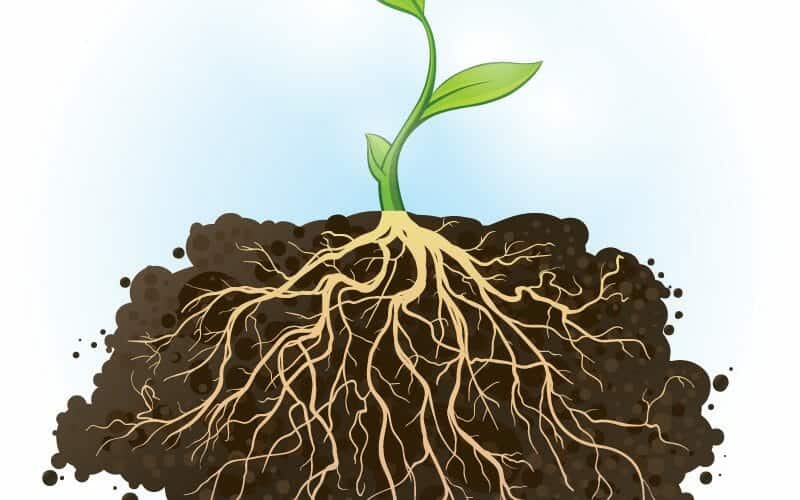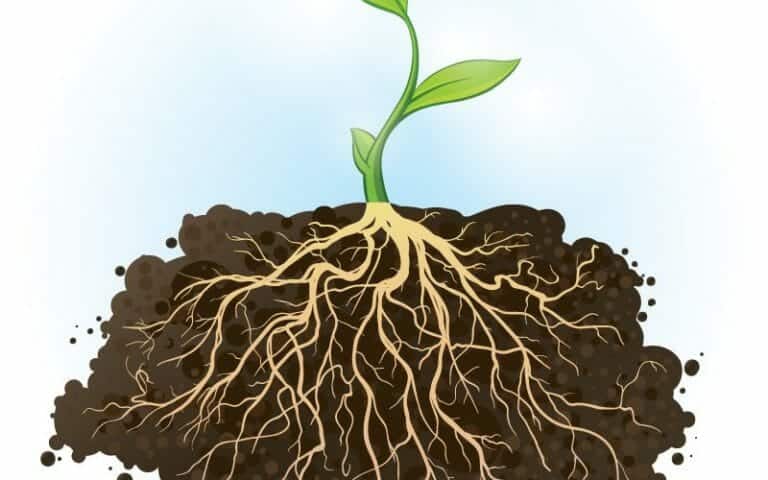Understanding how plants will survive and adapt to climate change is crucial as they provide oxygen and take in carbon dioxide. A new study from Rutgers University-New Brunswick set to find how resilient plants are by looking at the roots and how deep they travel to find water.
The research revealed that some trees will send their roots down hundreds of feet and through rock cracks to get to a water source. The deeper a plant’s roots, the better suited it will be in times of drought and changing climate.
“Roots sense the environment. They sense the water, where there’s more nutrients, and they go for these resources. Roots are the smartest part of the plant,” said Ying Fan Reinfelder, professor and lead author of the study.
The study was published online in the journal Proceedings of the National Academy of Sciences. Reinfelder and her colleagues collected data on the roots of more than 1,000 species of plants all over the world including trees, grasses, shrubs, herbaceous plants, and succulents. The results show the connection between soil and water conditions and how far a plant’s roots will travel. The researchers found that soil hydrology, or the moisture content […]
Full article: Plant roots go to extreme lengths to find water
More about plants and plant roots:
Divining roots—revealing how plants branch out to access water
Forests are key to combating world’s looming water crisis, says new GFEP report
3 Surprising Ways Water Depends on Healthy Forests
Will Diversions Introduce Nutrients That Harm Wetland Vegetation?
Study reveals plants ‘listen’ to find sources of water



